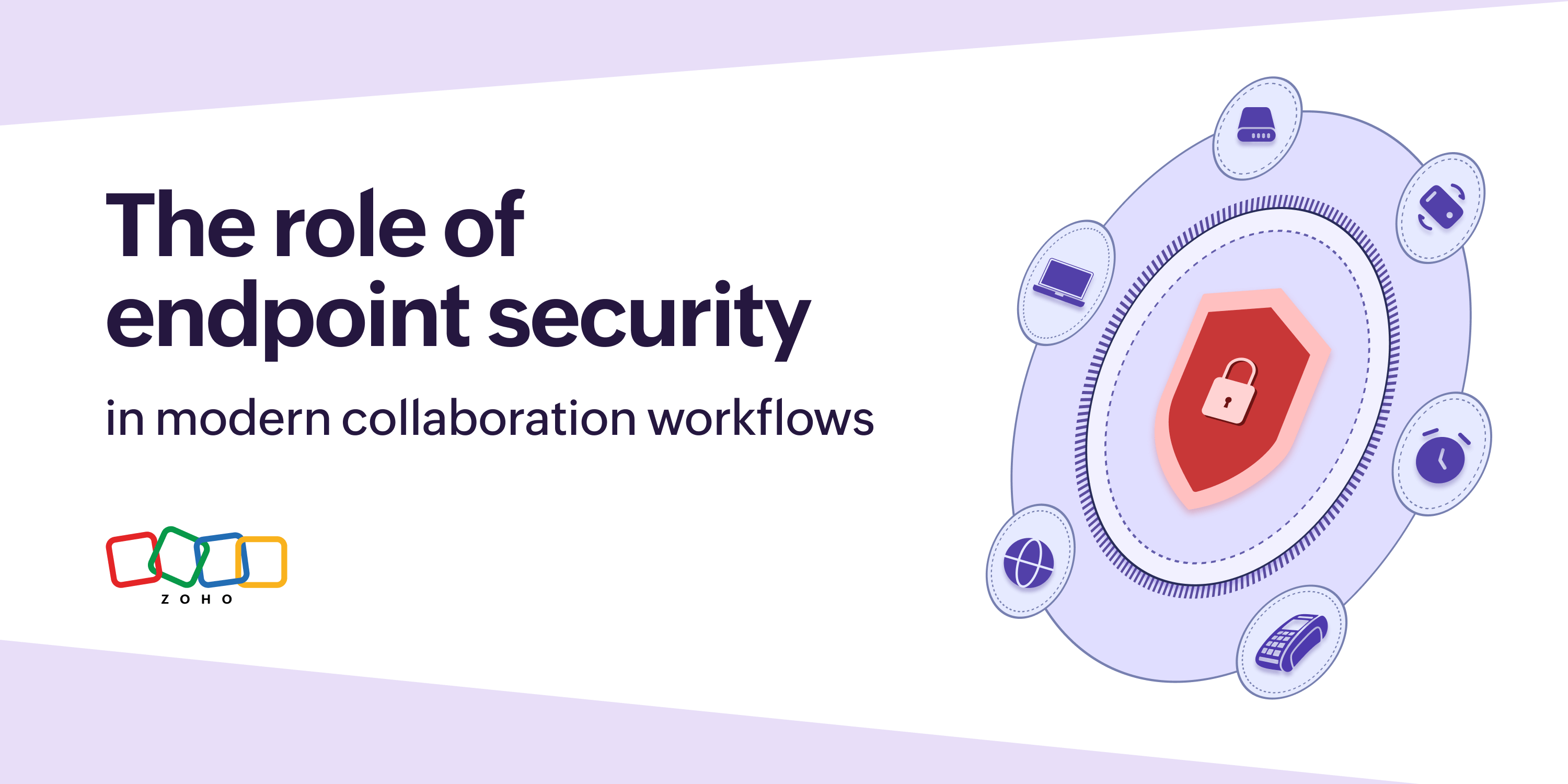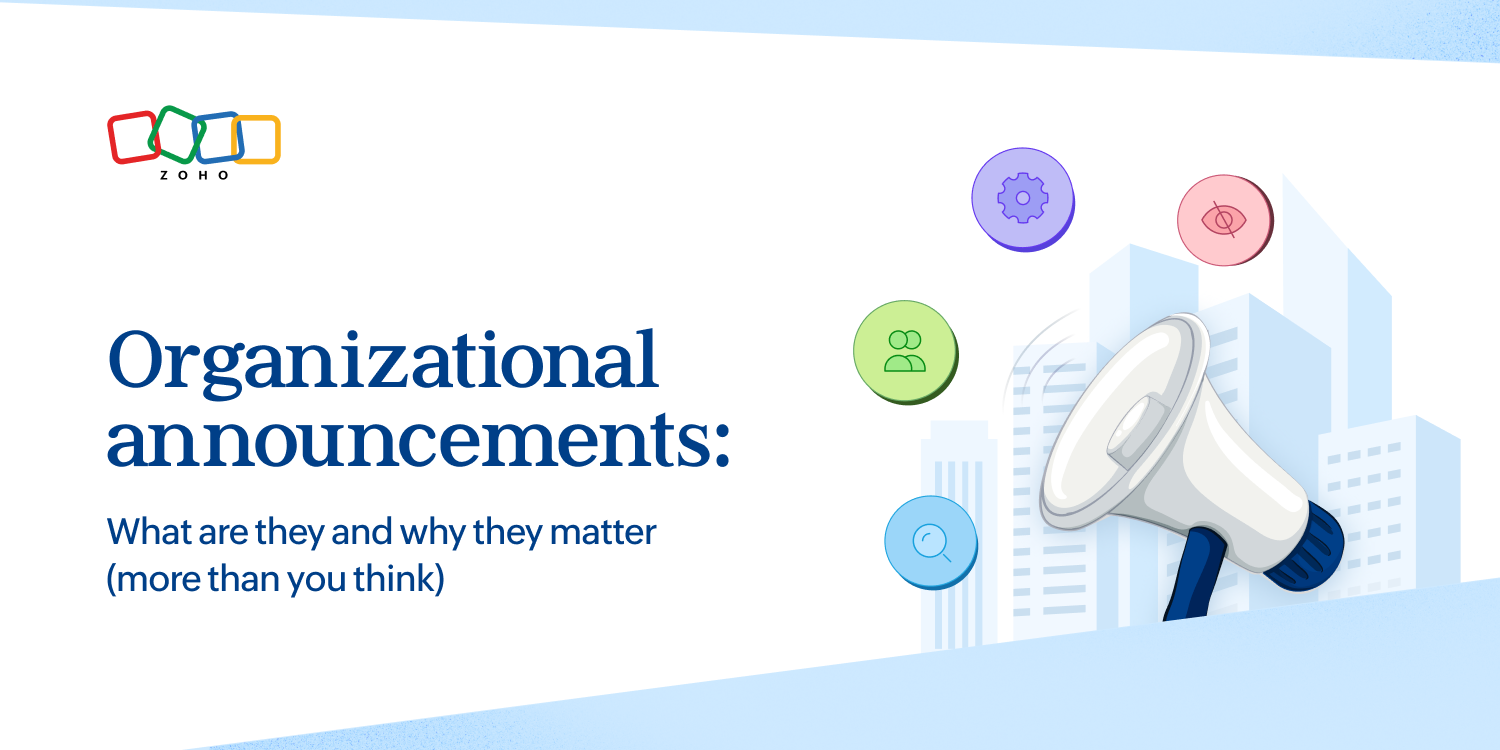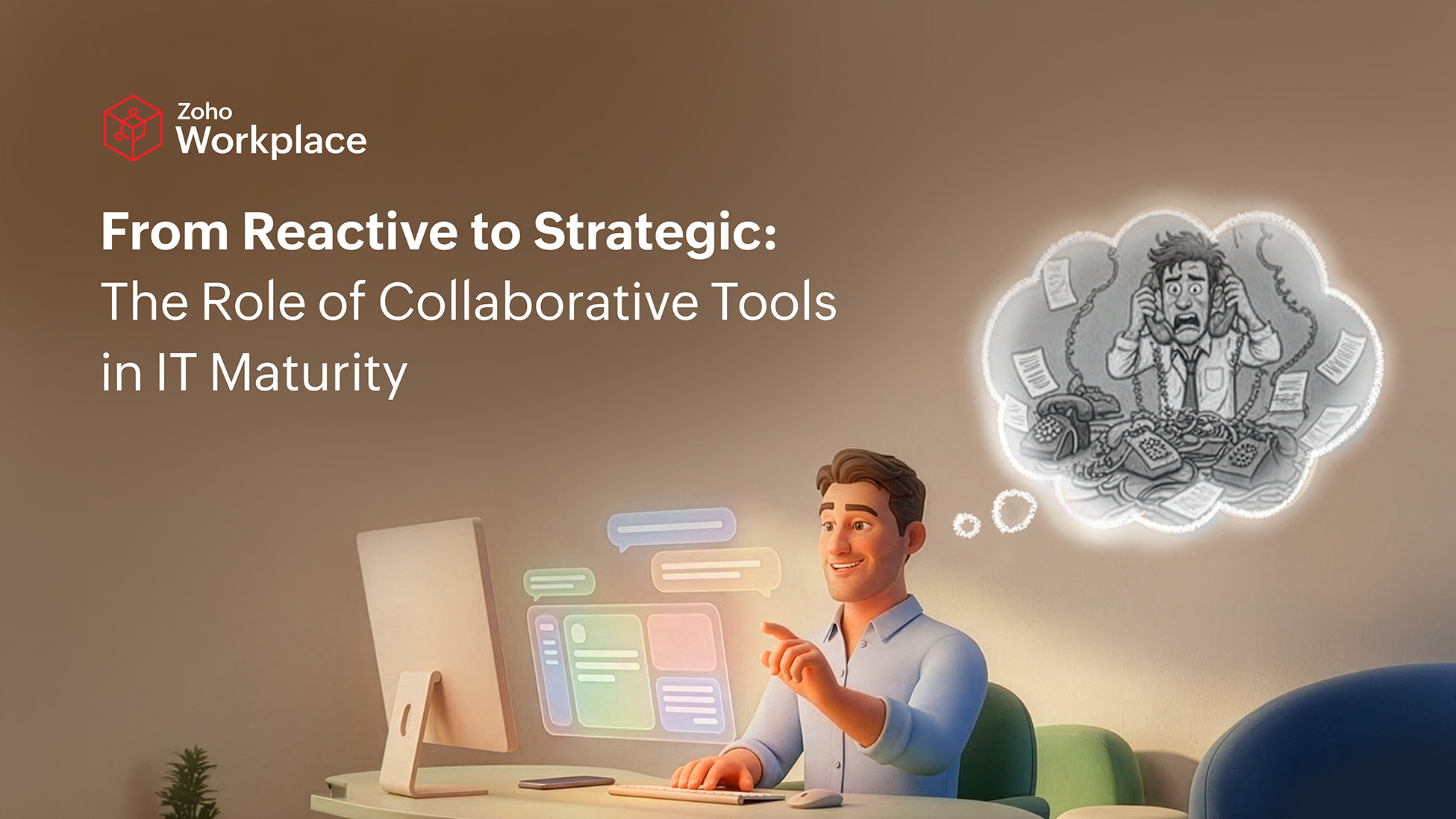- HOME
- All Topics
- Thought Leadership
- Micromanaging in the workplace: Challenges and tips
Micromanaging in the workplace: Challenges and tips
- Published : September 11, 2024
- Last Updated : October 17, 2024
- 1.5K Views
- 6 Min Read
Micromanagement can stifle innovation and progress. Organizations that fail to address micromanagement risk creating a toxic work environment, where stress levels are heightened, and job satisfaction plummets.
In fact, research shows that micromanagement is one of the top three reasons employees leave their jobs, with 71% reporting it interfered with performance and 85% saying it hurt their morale.This problem isn't confined to any particular industry — it's pervasive across all sectors, from tech startups to traditional manufacturing.
This article will explore micromanagement, its causes, and how technology can help prevent it to create a more productive and positive work environment.

What is micromanagement?
Micromanaging is a management style in which a manager exerts excessive control and surveillance over every detail of an employee’s tasks and workflow.
This type of supervision goes beyond typical guidance and instead involves constant checking, feedback, and corrections, often on minor aspects of the work. As a result, employees are left with little to no autonomy.
Micromanagement creates a culture of distrust, where employees feel constantly monitored and under pressure to conform to their manager’s standards. This lack of trust discourages employees from contributing creative solutions or taking initiative, as they fear their efforts will be overruled or micromanaged.
The impact of micromanaging on workplace culture
Over time, innovation becomes stifled, and the workplace can develop into a toxic, stagnant environment. Micromanagement generally has a negative connotation and can lead to several detrimental effects:
Decreased productivity. The constant need for approval and feedback can slow down work processes and hinder productivity.
Low morale and motivation. Employees may feel undervalued and lose motivation in a micromanaged environment. This in turn would lead to decreased job satisfaction and morale.
Stifled creativity and innovation. The lack of autonomy can suppress creativity and discourage employees from taking initiative.
High turnover rates. The stress and frustration caused by micromanagement can lead to higher employee turnover. According to a report by Management Consulted, 70% of employees consider leaving their jobs because of micromanagement, and surprisingly, 30% actually follow through and resign.
Who are micromanagers?
Psychologically, micromanagers often struggle with a fear of failure and a desire to maintain complete control over their environment. They may worry that if they don’t oversee everything, the project could fail.
This perfectionism leads to their inability to delegate effectively, as they don't trust others to handle tasks without their input. Additionally, they may feel that their constant involvement is what drives success, even though this behavior can ultimately stifle team development and innovation.
As a result, micromanagers frequently resist delegation, preferring to handle even minor tasks themselves. They are highly focused on details, often overlooking the bigger picture. Their constant need for updates and feedback creates an environment where employees feel disempowered and unable to work independently.
Micromanagers often struggle to adapt as they move into more strategic roles. They remain fixated on day-to-day tasks rather than building trust and team autonomy.
How to deal with micromanagers
Dealing with a micromanager can be challenging, but there are effective strategies that can help you navigate this situation while maintaining your professionalism and well-being.
Micromanagers often behave the way they do because of underlying fears, insecurities, or a need for control. Realizing they may have had negative past experiences with delegation or feel overwhelmed by the pressure to meet deadlines can help you understand their perspective.
In many cases, they struggle to let go of small details, believing that without their constant oversight, things will go wrong. Understanding these motivations can help you respond effectively.
For example, if a manager is stressed about meeting targets, sharing regular progress updates can alleviate their concerns. This reassures them that you’re aligned with their goals and can handle tasks independently. Showing empathy and recognizing their perspective can help build trust, making it easier for them to give you more autonomy.
Communicate and set boundaries
When dealing with a micromanager, one of the most important things you can do is communicate clearly and set firm boundaries. Micromanagers often don’t realize the negative impact their behavior has on your work, so starting a conversation is key.
Approach the conversation diplomatically—rather than blaming or criticizing, focus on how their behavior is affecting your productivity. For example, you could say, "I appreciate your feedback, but I’ve noticed that frequent check-ins are making it harder for me to focus on completing tasks."
During the discussion, set clear expectations around how you work best. Explain that you would prefer to have regular, scheduled check-ins rather than constant interruptions. For example, suggest having a weekly meeting to go over progress instead of daily updates. This helps balance their need for control with your need for autonomy.
Another important aspect is consistently reinforcing your boundaries. If the micromanagement continues, gently remind them of the agreement. For instance, you could say, "I understand your concerns, but I believe we agreed to touch base on Fridays. I’ll have everything ready by then."
Demonstrate competence and earn their trust
Demonstrating reliability and dependability through your work performance is one of the first steps toward reducing micromanagement. This reassures them that you are capable of handling tasks effectively without constant supervision.
Timely and accurate results will alleviate their concerns about potential mistakes, showing them that you can manage responsibilities with minimal oversight.
Effective communication is also key. Regular updates, especially before being requested, show initiative and keep the micromanager informed. This transparency helps reduce their need to check in frequently because they will feel more comfortable knowing that you are keeping them in the loop.
Clarifying any challenges early on also prevents unnecessary interruptions while reinforcing that you are on top of the situation.
Being receptive to feedback and incorporating it into your work without resistance further builds trust. When micromanagers see that their input is valued and applied, they are more likely to step back, knowing that you understand their expectations. Over time, demonstrating competence through consistent results and proactive communication will help shift the dynamic, allowing for more autonomy and a healthier working relationship.
Offer solutions
Micromanagers often need to feel in control, but offering practical solutions can help reduce their constant involvement. One effective strategy is suggesting the use of task management tools, such as Zoho ToDo, to track tasks and progress in real time.
These tools provide visibility and transparency, giving micromanagers the oversight they desire without requiring them to constantly check in. Automated updates and dashboards ensure they can monitor everything without interfering with day-to-day tasks.
Adopting this approach allows you to work autonomously between updates while giving the micromanager a dedicated time to provide input. A clear, consistent routine can ease their concerns and gradually reduce their need to micromanage.
Providing clear, measurable goals and deadlines can also be an effective solution. When micromanagers know exactly what to expect and in what timeframe, they are less likely to intervene unnecessarily.
How technology can help avoid micromanaging
Technology can be a powerful tool to reduce micromanagement and create a more efficient and empowered work environment.
Tools like Zoho Projects allow managers to streamline task management and project tracking, offering a clear, real-time view of progress without the need for constant follow-ups. With features such as task assignments, milestone tracking, and project timelines, Zoho Projects helps managers focus on the bigger picture while giving employees the autonomy to manage their work.
This creates a balance between oversight and independence, ensuring that managers stay informed without disrupting workflow.
Automation also plays a crucial role in this transformation. Tools like Zoho Analytics and Zoho CRM automate the reporting process, providing real-time dashboards and instant updates on key performance metrics. These tools eliminate the need for manual reporting, freeing managers from the need to constantly request updates.
For example, Zoho Analytics can automatically generate detailed reports on sales performance or customer interactions, giving managers the data they need to make informed decisions while empowering their teams to focus on execution.
Communication tools like Zoho Cliq further enhance collaboration by centralizing conversations and streamlining communication within teams. With built-in messaging, video conferencing, and task notifications, managers can stay updated without overburdening their employees with frequent check-ins.
This allows for a more open and effective communication channel while reducing the tendency to micromanage.
Wrapping up
Micromanagement isn't just a management flaw; it's a systemic issue that undermines organizational culture. Constant oversight and lack of trust lead to disengagement, high turnover, and reduced innovation.
As autonomy and flexibility increasingly drive job satisfaction, organizations must understand that employees excel when trusted to make decisions. The root of micromanagement often stems from performance anxiety or fear of failure, but fixing it requires a shift in how leadership, delegation, and accountability are approached.
Modern solutions like integrated platforms and data-driven insights offer transparency and accountability, allowing businesses to maintain high standards without constant oversight.
 Gary Stevens
Gary StevensGary Stevens is the CTO of Hosting Canada, a website that provides expert reviews on hosting services and helps readers build online businesses and blogs. Gary specializes in topics on cloud technology, thought leadership, and collaboration at work.


